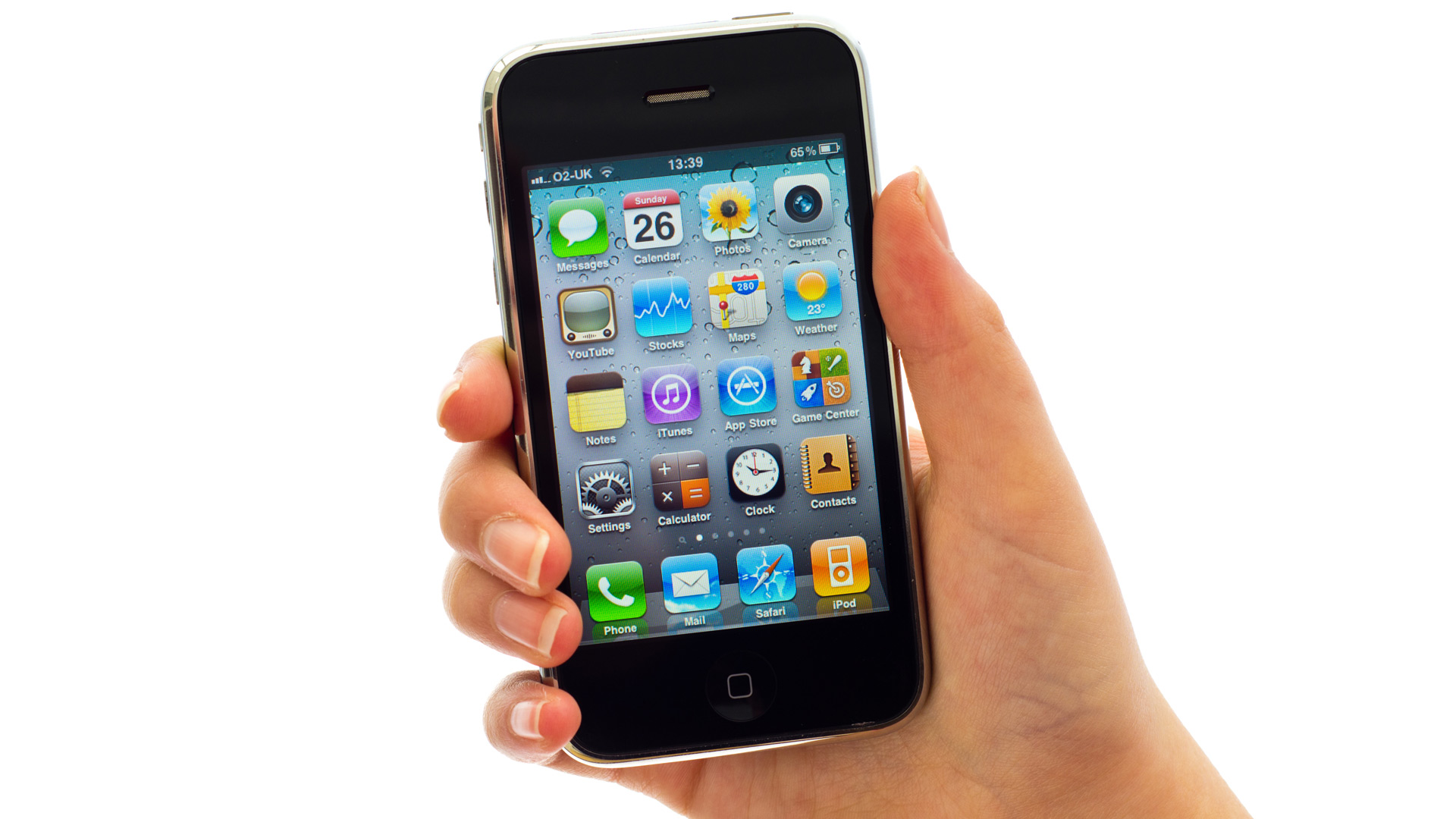Goodbye 3G, you helped make the iPhone what it is today

Hope you've prepared your iPhone 3G for the end of its era. As of February 22, AT&T's two-decade-old high-speed mobile broadband network is dead.
The company has been working on the shutdown of the aging equipment for a while (the costs even figured in a recent earnings report) and has done its best to prepare the millions of people who are still on or have active devices using the relatively - at least compared to today's blazing 5G speeds - pokey network.
Even as we bury the 3G network (Verizon and other carriers are also shutting them down), it's worth pausing to remember all that 3G (which quaintly stands for "Third Generation"), especially on AT&T, made possible.
First launched by NTT DoCoMo in Japan, 3G promised to transform our mobile experiences with up to 7.2 Mbps downloads (real-world use was 3 Mbps), though I think few believed it at the time. As CNN reported shortly after Verizon's launch of the first 3G network in the US,
"However, critics caution that potential users might shy away from 3G phones as most of these services are not widely available yet. Also, it is unclear is how many customers will be interested in viewing content delivered on a wireless phone's small LCD display screen."
I know, it's hard to believe that people could scarcely envision us watching YouTube videos, let alone consuming hours and hours of TikTok videos and full-length movies on our mobile phones. These were innocent times.
3G ambled along in our mobile technology landscape for the better part of a decade before we found a reason for it to matter.
Sign up for breaking news, reviews, opinion, top tech deals, and more.
When the original iPhone launched in 2007, it was on AT&T's 2G GSM network (Verizon is CDMA). Yes, we all loved the phone for its then-big screen and bizarre lack of a keyboard. However, no one really loved it as a phone. The call quality was bad. In major metropolitan areas, AT&T's 2G coverage could be abominable. Verizon was always the surer bet. The iPhone did not ship on the Verizon network until 2011.
When Apple unveiled the iPhone 3G in 2008 it was, obviously on AT&T's 3G network. 2007 - to 2009 ushered in the golden age of 3G mobile devices.
The network did solve some of the iPhone's most frustrating "phone" problems; call quality and connectivity improved. However, it was arguably the introduction of the App Store that best showcased the iPhone's possibilities.
A rapidly growing library of varied mobile applications that could do everything from play games to virtually drink a glass of beer on your iPhone. The App Store launched with the iPhone 3G and transformed the mobile industry. Developers weren't just eager, they were ablaze with ideas for the gleaming device. It was remarkable how quickly the conversation shifted from, "Is it a good phone?" to "What's your favorite app?"
The first truly fast mobile network transformed the iPhone from an all-touch-screen calling device to a mobile computer with unlimited potential.
Without AT&T's 3G network, it's hard to imagine the iPhone would've become the still-dominant mobile device it is today.
3G spread in usage across a variety of handsets, but the rabid excitement and interest in the iPhone built like none other over the next few years, especially as Verizon 3G customers asked quarter after quarter and Apple event after Apple event: When is the iPhone coming to Verizon?
By the time it did arrive in 2011, we were already a few years into sampling WiMax and LTE, which would eventually become our now dominant 4G network.
However, the combination of 3G and the iPhone changed our understanding of what a mobile network and device could be - a touch screen and fleet mobile pipe opened and connected our world and transformed society forever.
Yes, it's worth taking a moment to remember and thank 3G.

A 38-year industry veteran and award-winning journalist, Lance has covered technology since PCs were the size of suitcases and “on line” meant “waiting.” He’s a former Lifewire Editor-in-Chief, Mashable Editor-in-Chief, and, before that, Editor in Chief of PCMag.com and Senior Vice President of Content for Ziff Davis, Inc. He also wrote a popular, weekly tech column for Medium called The Upgrade.
Lance Ulanoff makes frequent appearances on national, international, and local news programs including Live with Kelly and Mark, the Today Show, Good Morning America, CNBC, CNN, and the BBC.